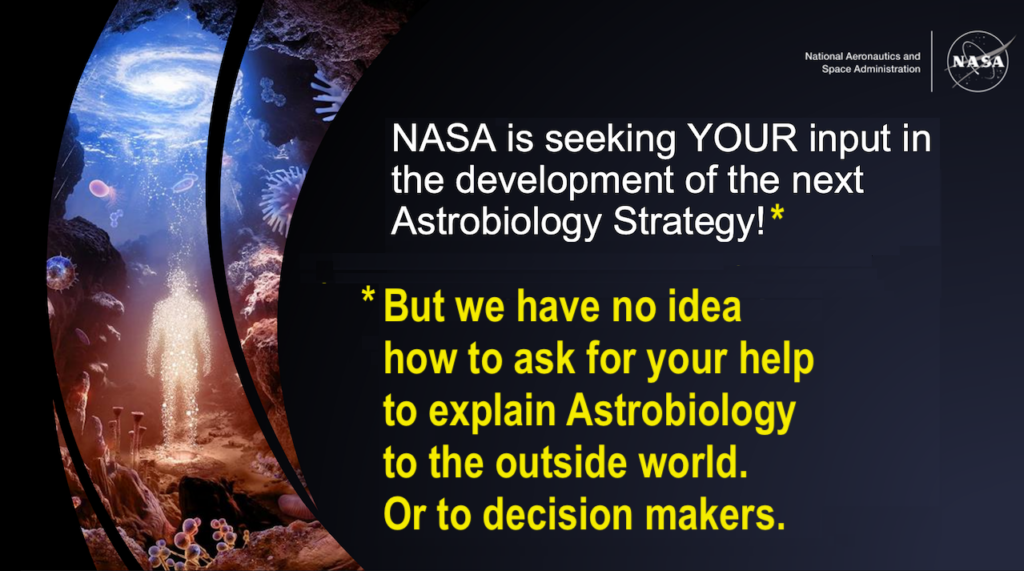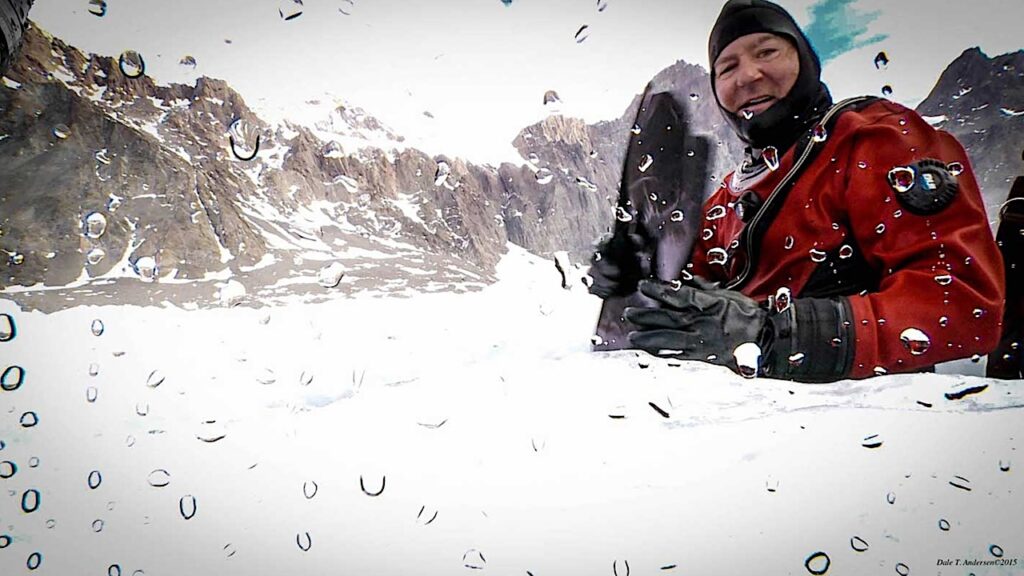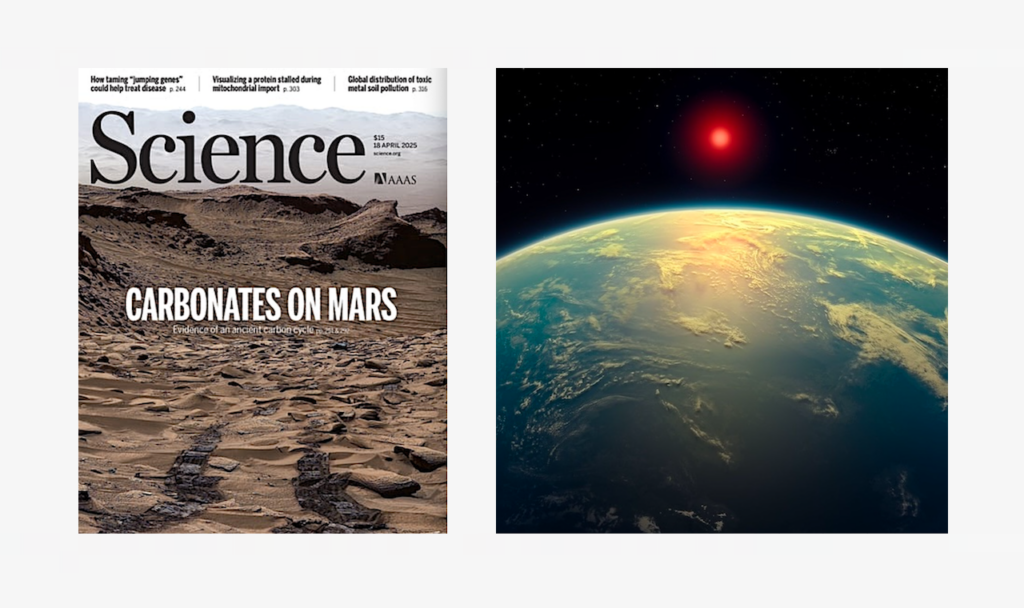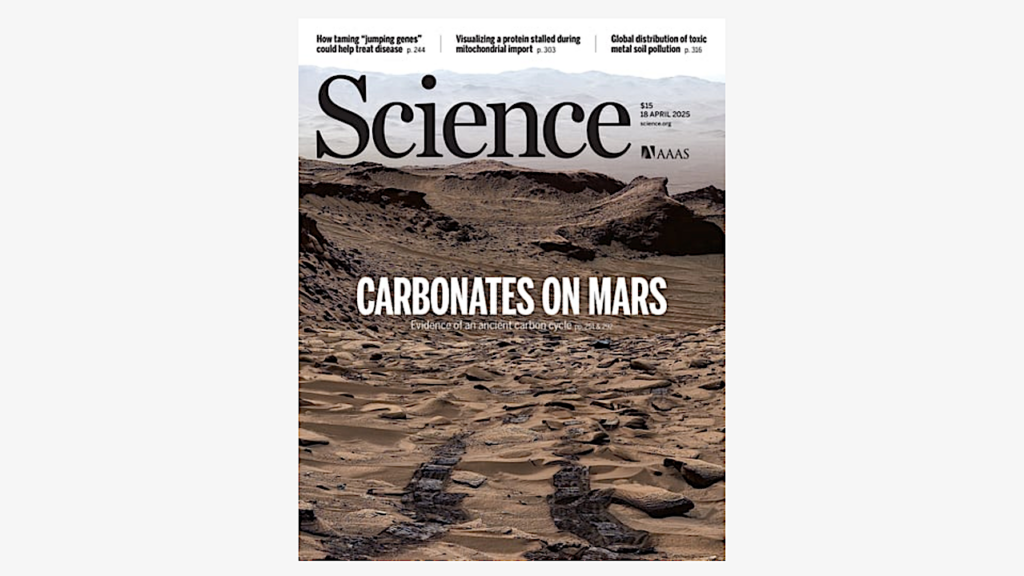Nothing Disappears From The Internet, NASA (Update)
 NASA is getting ready to communicate with aliens (Update 2), Sploid
NASA is getting ready to communicate with aliens (Update 2), Sploid
“We can say little, if anything, about what these patterns [above] signify, why they were cut into rocks, or who created them. For all intents and purposes, they might have been made by aliens.” When a new NASA book on alien communications has a paragraph like that, you better pay attention. Update 2: NASA pulled the book and press release from their site. Now the book is available here, as pointed out by a commenter.”
 Keith’s note: Someone found a book “Archaeology, Anthropology, and Interstellar Communication” online at NASA.gov – one that NASA paid for, published, and posted. At one point it off handedly talks about aliens leaving messages on rock. So NASA pulls it offline. Now, people reading the articles that refer to the book get a dead link [update: NASA put the book back online so the link works again]. Well, nothing ever really disappears on the Internet. You can download the book here. Duh.
Keith’s note: Someone found a book “Archaeology, Anthropology, and Interstellar Communication” online at NASA.gov – one that NASA paid for, published, and posted. At one point it off handedly talks about aliens leaving messages on rock. So NASA pulls it offline. Now, people reading the articles that refer to the book get a dead link [update: NASA put the book back online so the link works again]. Well, nothing ever really disappears on the Internet. You can download the book here. Duh.
 Keith’s update: Classic NASA explanation below. NASA should post it on NASA.gov – at the links that news articles have been linking to so that all the people coming to visit the broken link see the real reason. When NASA just pulls things offline with no explanation it simply fuels these sort of stories. Without the original document online no one can see the context that NASA wants you to refer to. So they go with what NASA has left there – a big gapping hole.
Keith’s update: Classic NASA explanation below. NASA should post it on NASA.gov – at the links that news articles have been linking to so that all the people coming to visit the broken link see the real reason. When NASA just pulls things offline with no explanation it simply fuels these sort of stories. Without the original document online no one can see the context that NASA wants you to refer to. So they go with what NASA has left there – a big gapping hole.
William P. Barry, D.Phil. NASA Chief Historian “re: http://nasawatch.com/archives/2014/05/nothing-disappe.html where you assume that we are trying to hide something. What actually happened was that our publication production support contractors were preparing our free ebook download page for the “roll out” of our latest book in early June. That web page was supposed to be saved for review, but instead it was mistakenly published to the web. I noticed this within an hour of the accident and asked our folks to pull the page from the web. Unfortunately, turning the page off took a lot more time than putting it out there. In the interim the book generated some web buzz based on taking a sentence in it out of context. (Read the passage more carefully, the author of that chapter is not suggesting that aliens left a message on a rock.) The process of removing the ebook page from the web had nothing to do with the rather sloppy and florid online stories. We still plan to release the book in early June. The pacing item is delivery of the hard copy books – which are currently at the printer and scheduled for delivery no later than June 9. The PDF and ebook versions that were mistakenly made available on Tuesday evening are exactly the same as the versions that are at the printer and that will be fully available again when we release the book as scheduled in June. No government conspiracy, just a fat finger mistake, and my attempt to make the release go according to plan. I’d appreciate it if you would correct your web item above.”









Didn’t they advertised it on their twitter account? I was looking forward to read it over the break.
The book is accessible on the NASA web page, see the link I posed above.
It seems to be accessible now; try this link:
http://www.nasa.gov/connect…
I don’t know if there was any intentional change or if the old link was just accidentally changed. The book is reasonably scholarly considering the speculative nature of the subject. By no stretch of the imagination would any thoughtful reader interpret the referenced passage in the book, given in context below, as suggesting that “At one point it off handedly talks about aliens leaving messages on rock.” In fact the intent of the author is the opposite. He presents the ancient rock art as representative of the difficulty that modern scientists engaged in SETI would have in interpreting any purely symbolic communication presented without context, and even points out, in a footnote, the folly of a few popular writers in ascribing ancient markings to actual extraterrestrials. I realize that Keith’s purpose is pointing out the irrational policy of simply trying to hide an apparently embarrassing document. I am merely pointing out the additional foolishness of deciding the book is embarrassing without reading it.
“Consider again, therefore, the desirability of establishing symbolic/ linguistic communication with ETI. It is helpful to review some parallels from human existence that pose problems for us today. One of these is “rock art,” which consists of patterns or shapes cut into rock many thousands of years ago. Such ancient stone carvings can be found in many countries, and the example in Figure 15.1 is from Doddington Moor, Northumbria, England. We can say little, if anything, about what these patterns signify, why they were cut into rocks, or who created them. For all intents and purposes, they might have been made by aliens.(13) Unless we find a readable exegesis of them produced at the time they were made, we will never be able to say with certainty what the patterns mean.”
And the footnote:
“13. One need only think of books by Immanuel Velikovsky or Erich von Däniken to see where that line of thinking can end up.”
Perhaps we’ll find out why the page was pulled, but it would not surprise me that “faceless NASA censors” have gone and shot first, before asking questions. Typical. Sad to say.
Try this link:
http://www.nasa.gov/connect…
there is a society for planetary seti research.
i suspect with better mars photos a lot of interest in the topic was lost by its members. http://spsr.utsi.edu/